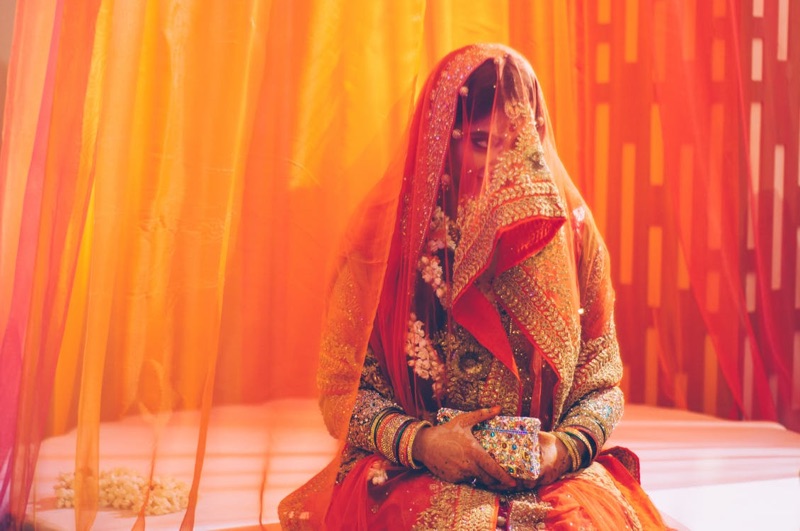If you’ve been invited to a wedding in another country or culture, first things first; lucky you! These celebrations of love and culture are an eye-opening, mind bending experience, and ones which bring home the wonder of diversity in all its glory. We all celebrate love and commitment in very different ways yet under a shared sky, and there’s something very special in that.
Once the excitement of receiving the invitation has worn off, the planning must begin. Choosing a guest outfit for a wedding in the UK is hard enough; choosing one to suit an unknown culture is an entirely different, more difficult proposition. Together with Charles Tyrwhitt, retailers of timeless menswear, we look at how the dress code of a wedding changes depending on the background of the newlyweds. So, here is our IDEAL guide to wedding attire in India, Japan and China.
WHAT WILL THE BRIDE BE WEARING?
Brides are known in the UK for their flattering white dresses, accompanied by a long train and veil. But how do our own bridal traditions compare to India, Japan and China?
India
In India, the lady’s dress depends on the region of India that they’re from. In some regions, the bride wears a saree, a garment that looks like a long drape, while in others she wears a lehenga, which is a long skirt. Often the bride is dressed in red or another vibrant colour, and her garments will be carefully embroidered with an impressive design.
The bride and her bridal party often have henna on their palms, hands, forearms and legs.
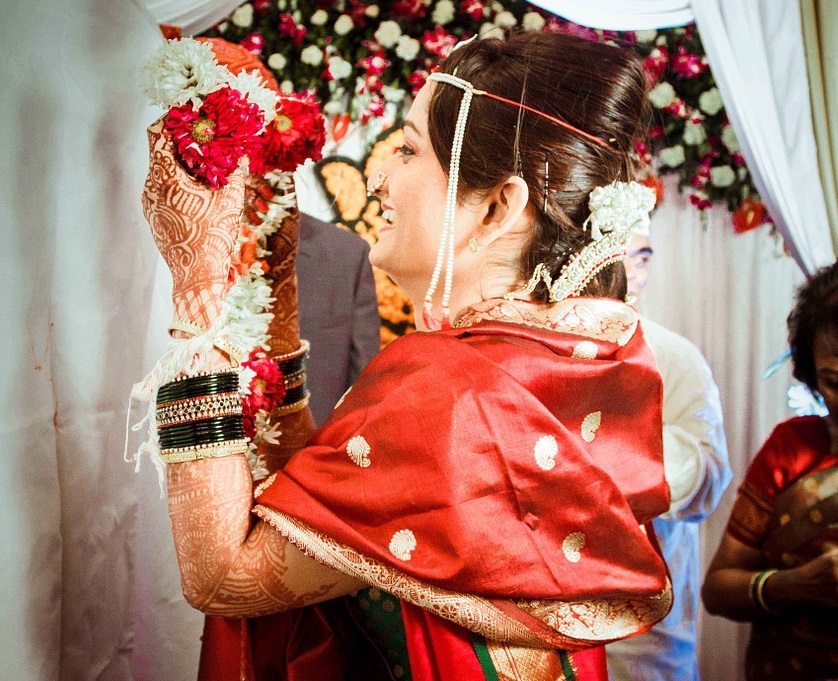
Japan
Japanese weddings are very elaborate and it’s acceptable for families to spend close to £75,000 on a wedding day. Often it’s the parents of the couple who organise the wedding, and spending excessively is a way to indicate status and of keeping ‘face’ intact. Because of the large scale of the weddings, the bride can have as many as five costume changes, each reflective of a different period of life.
At a traditional (Shinto) wedding, the bride wears a white kimono, but more recently Japanese brides have shown attention to heritage through wearing traditional print.
China
In China, it’s likely the bride will be dressed in red as the colour is considered a sign of good luck that can ward off evil spirits. In some regions, typically northern China, the traditional attire for a bride is a one-piece dress embroidered with gold and silver designs. In southern China, a two-piece frock is typically worn.
A bridal crown is part of the wedding costume for some brides too – worn for photography or for show at a grand occasion. For footwear, a special pair of shoes are donned. These are embroidered with a symbol — for example, a turtle or a deer which symbolises happiness and longevity.
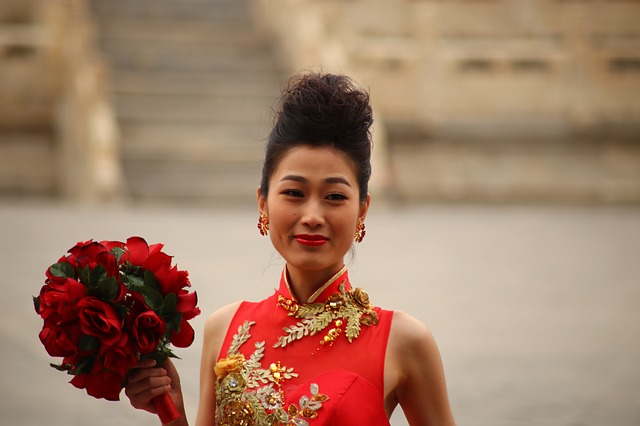
WHAT WILL THE GROOM BE WEARING?
The men often have traditional dress codes that they are expected to follow. However, many opt simply for a smart suit similar to how a groom in the UK would dress, and much for the same purpose; to let the bride be the focal point.
India
Similarly to the women, the region of India which the groom is from dictates their attire. Some husbands-to-be wear traditional dress, such as a dhoti, which is a rectangular cloth with ties around the waist. In other regions, they wear a sherwani (a long coat), a kurta (loose falling shirt that hangs below the knee), or a Western suit.
The men also get henna designs on their bodies but it is less elaborate and often hidden.
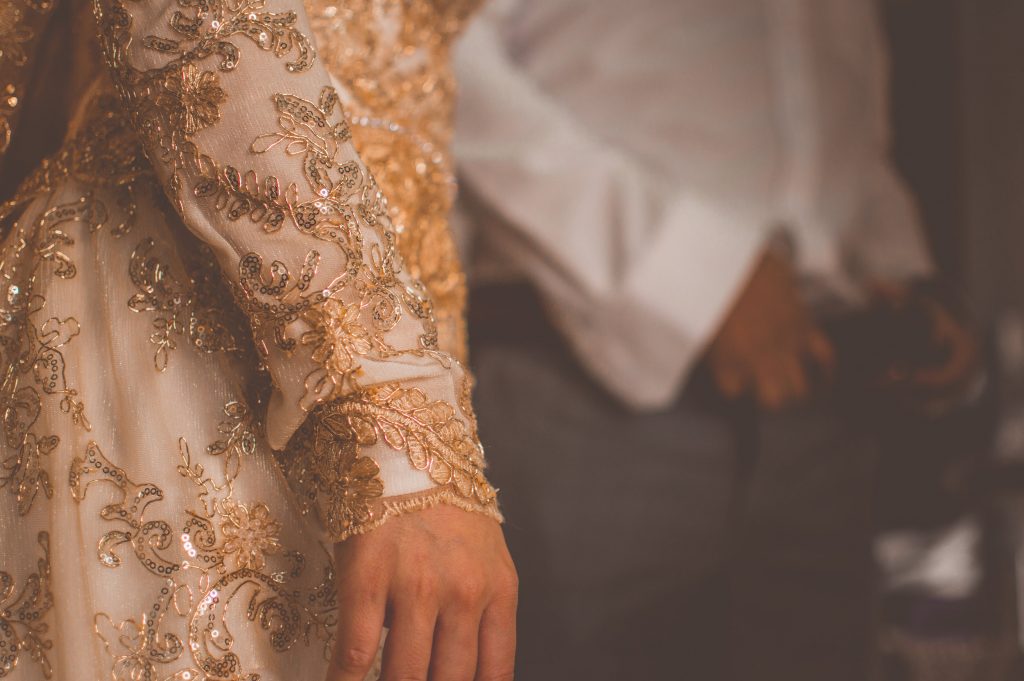
Japan
Traditionally, a Japanese groom wears a wedding kimono for the ceremony and then changes into a tuxedo. The formal kimono that he wears is called a montsuki, and often displays the family crest. More recently, the trend is for younger grooms to start the ceremony in a tuxedo.
China
In China, the husband-to-be traditionally wears a black silk coat over an embroidered robe. Often though, in the modern day, the overcoat is not worn.
The groom has to wear certain headwear too – this is usually a black hat with a red tassel. Some younger generations decide to forgo the traditional dress code and simply wear a tuxedo or a Western-style business suit.
WHAT SHOULD THE GUESTS WEAR?
It can be difficult to choose an outfit as a guest, as there are many traditions and symbolic items you may be unaware of. It’s important to remember though, that no one is expecting you to be versed on every custom and gesture, and the more enthusiasm you show for the occasion, the more you’ll be met with a corresponding embrace.
India
At an Indian wedding, the bolder your outfit, the better. Wearing vibrant colours indicates an embracing of the event. Subsequently, a riot of colour will help you fit in with the Indian guests. Guests should avoid white or black as these are colours worn for funerals and implicative of mourning in India. Wearing red is also advised against; the bride will probably be dressed in this colour and as is customary in all weddings, drawing attention away from her is poor form.
Female guests shouldn’t bare their shoulders, wear low cut tops or short skirts as this can be seen as disrespectful — a jewel-tone dress with a shawl is one example of an appropriate outfit. The Indian female guests will most likely be dressed in colourful sarees or anarkali suits, and donning one of these yourself can go down very well if you have a position of honour at the wedding. Jewellery is important for women too, so choose a statement piece for around your neck with matching earrings and bangles.
Men often wear a tailored kurta with a pyjama, and a dupatta (shawl) can be added over the kurta. For their feet, sandals, jootis or chappals are often worn as these are comfortable and prevent overheating; there’s dancing abound at Indian weddings, so you need a shoe which will be kind to your feet.
Guests might also be expected to cover their heads if the wedding is held in a temple. For this, women can wear a long scarf or pashmina over their heads while men are usually provided with a head cover such as a large handkerchief.
An Indian wedding is often a long, drawn out affair (three days long is the norm) so make sure you’re wearing something loose and comfortable, and you arrive hungry.
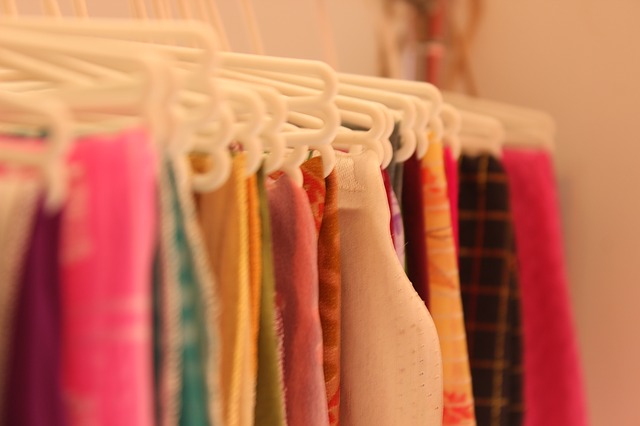
Japan
At a traditional Japanese wedding, men were expected to be dressed very formally with a black suit and white tie. Now however, the dress code is more flexible and it’s accepted for men to attend dressed in suits other than black, with personality expressed through coloured ties. However, wearing a white suit and black tie is discouraged.
Women often wear either a knee length dress or coloured kimono to take on a traditional look. It’s best to avoid showing any shoulder as this can be deemed a disrespectful.
China
When dressing for a Chinese wedding, avoid wearing red as (and we see a theme developing here) this can be seen as trying to steal the limelight from the bride. It’s best to wear pink, peach or purple as these are all symbols of new life and happiness. A formal dress is suitable for a Chinese wedding.
Colours to avoid include black and white, as these symbolise mourning and black is considered to be the colour of bad luck.

